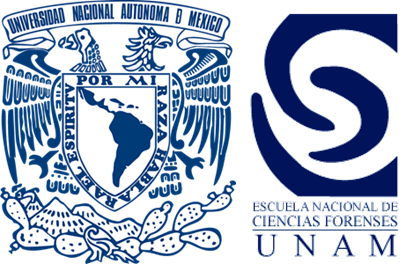
Dr Carlos Pedraza
Dr. Carlos Pedraza (Ph.D.) is head of the Forensic Entomology Lab. He received a B.S. in Biology from the Autonomous University of Querétaro (UAQ) in 2004 and received his degree as Doctor of Philosophy in Conservation Biology from the Complutense University of Madrid (UCM), Spain in 2011 (carrying out his research work at the National Museum of Natural History). Later, he was granted with two postdoctoral fellowships, one at the National Insect Collection and another one at the National Crustacean Collection, both hosted at the Biology Institute, UNAM. He is granted level I at the National Researchers System (SNI in Spanish) and was recently appointed as Associate Professor in the program of Forensic Science.
His main interests lie at the research and teaching on fauna of forensic relevance. This fauna refers not only to the process of cadaveric decay of vertebrates, but also to all groups of fauna linked to legal investigations (e.g., agricultural and urban), making it a wide and poorly known field in México.
To reach this goal, Dr. Pedraza aims to apply an integrative approach of scientific knowledge related to a handful of biological sciences such as zoology, molecular biology, genetics, evolution and ecology, as well as possible interactions with other fields like chemistry, physics and other forensic applications. His work includes basic research topics as well as development of tools aimed to its application to forensics. His research lines involve:
1) Description of diversity of fauna of forensic interest regarding morphologic and genetic information through documenting and describing such diversity in relation to climatic variation. It includes studies documenting diversity patterns in forensic fauna, its evolutionary patterns and its distribution in space.
2) The relationship between morphologic variability and climate during life cycles. This includes the taxonomic identification of different life stages by mean of morphologic and genetic characterization, as well as the development of frontier approaches to determine the development time in invertebrate species.
3) The development of identification tools. This includes the employment of genetic tools such as nuclear, mitochondrial, microsatellites and SNP, useful for species and individual identification, as well as polymorphism discovery and genetic diversity description of fauna of forensic relevance. Includes studies related to phylogeography and population genetics of fauna.
Carlos Pedraza’s Google Scholar Page: https://scholar.google.com/citations?user=HINCsTEAAAAJ
More information and his cv can be found on his personal page: http://difuciencia.com/carlos-pedraza/
